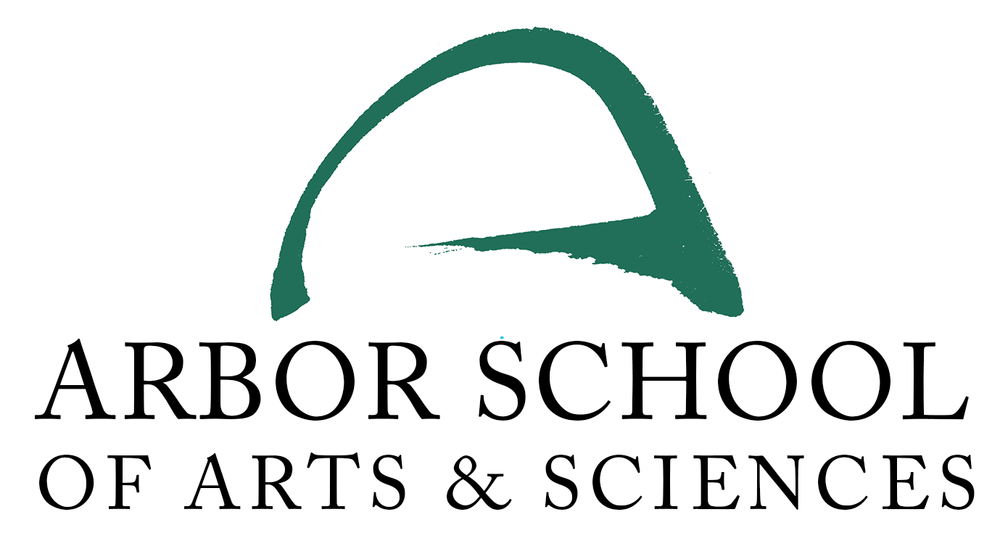Not all weeks at Arbor have whole-school galvanizing themes, but undeniably the second week of October coalesced around “putting it on paper.” The choices of how and why we “put it on paper” varied from class to class. From Kindergarten to eighth grade, students were practicing mapping, leaving evidence of thinking on the page, and writing to show appreciation of others.
Our youngest students considered a variety of maps -- road maps, atlases, subway guides, and garden plans -- and then made personal maps plotting the way each Primary kiddo traveled to Arbor School. Intermediates were mapping too; many of the Arbor trees were mapped with the purpose of adding their location and measurement to an Arbor Guide to Trees.
Every class took on the responsibility of making sure that thank you’s were abundant and heartfelt for the plethora of parent volunteers at this year’s Arborfest, our annual fall festival and fundraiser. The habit of expressing gratitude is well-practiced throughout the year, and the thank you notes varied in size and shape, from large chart paper in the Primaries to smaller cards and letters in the Intermediates. And note-taking served as a vehicle to practice descriptive writing in the Juniors.
Also evident was the habit of communicating math thinking through writing and diagramming. Students left evidence on the page to prove success or to find errors in calculation or thinking. The Primaries and Juniors practiced showing multiple ways to solve Arborfest-related math problems, as did the Primaries, although using simpler computation sets.



